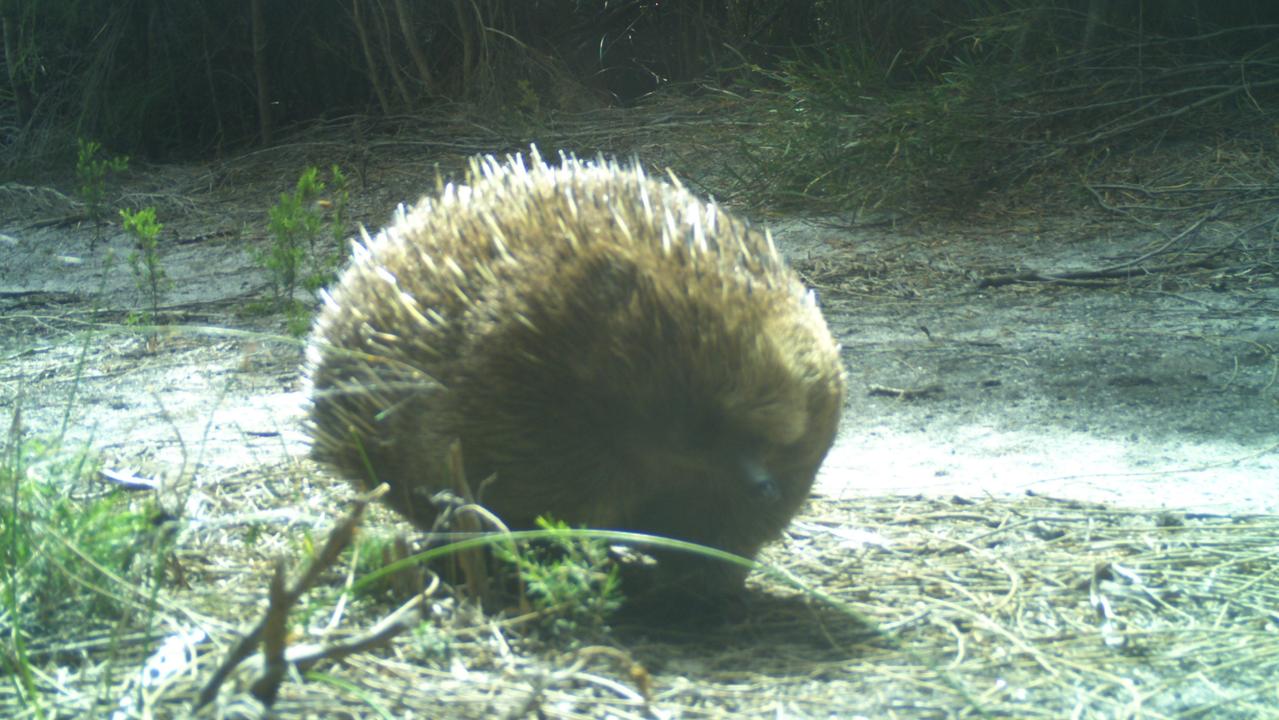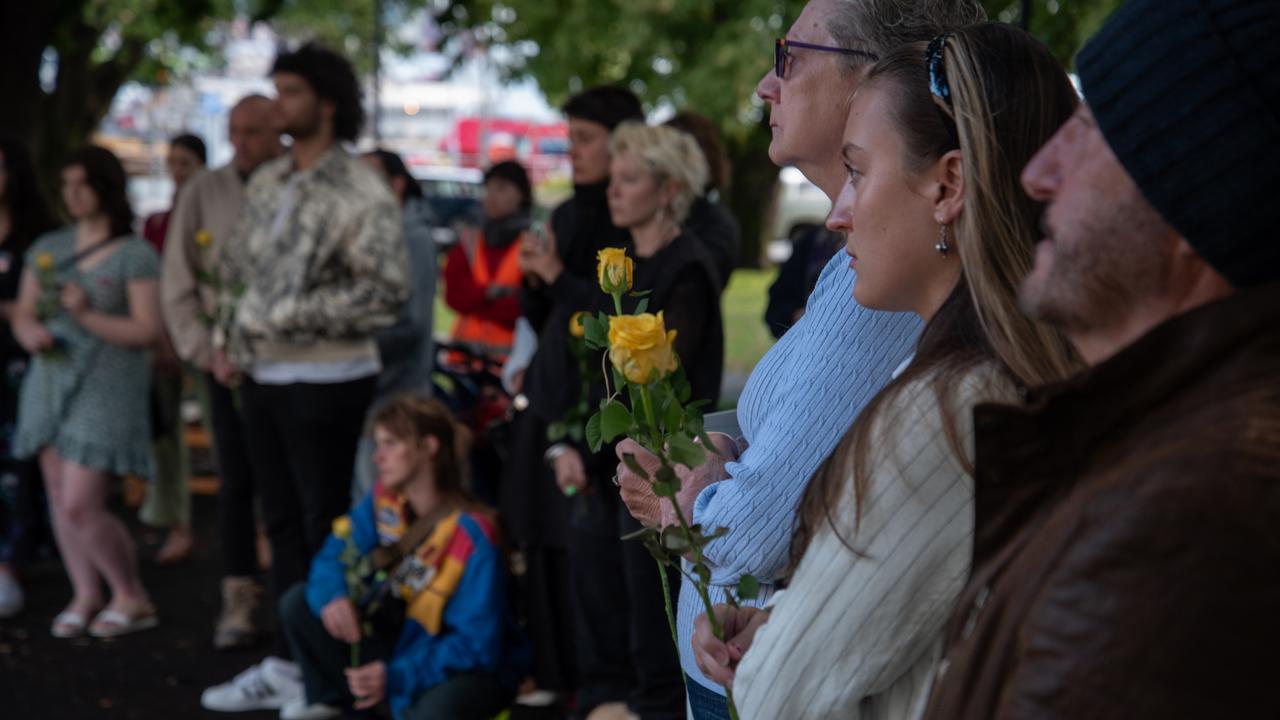Proponents unveil ‘visionary project’ to revitalise East Coast town
A wharf that has sat idle for more than a decade is the site of an “ambitious” development that proponents have labelled the state’s next iconic attraction.
East Coast
Don't miss out on the headlines from East Coast. Followed categories will be added to My News.
THE former Gunns woodchip loader and wharf at Triabunna could be developed into what proponents say will be Tasmania’s next iconic attraction.
An underwater restaurant and marina are being considered as part of the plan.
The East Coast community has welcomed the venture, which will create jobs in the region hit hard by the Covid-19 pandemic.
Spring Bay Wharf and Marina project director Annie Beaulieu said the first stage of the waterfront development combined “world-class design and restoration with sustainability principles”.
“We want to create something that the whole community will be proud of and this will draw the world to our door,” she said.
“Similar to the impact seen in Derby, this project creates the pre-conditions to leverage a new industry that is driven by sustainable tourism.
“As the only deep water port on Tasmania’s East Coast, this visionary project will restore the wharf and its marine ecosystem, develop a marina and create innovative regenerative tourism experiences enabling, for the first time, opportunities for the public to access this precinct.
“This project will revitalise the industry and provide much-needed employment at a local level through construction stage and when fully operational.”

The old wharf has not been used for a decade but Wotif founder Graeme Wood has transformed the old Triabunna mill into a major tourism hub.
Ms Beaulieu said the social and economic benefits of the project were significant.
“The unique offering of Spring Bay Wharf and Marina is anticipated to increase visitation to Tasmania and the East Coast from local, interstate and international tourists,” she said.
“This project will contribute to ensuring the tourism industry on the East Coast has the scale required to maintain viability as an industry.”
The underwater restaurant being explored is based on Under, an underwater restaurant in Norway, and a spa retreat is also in the mix.
Ms Beaulieu said a project of its scale would reactivate the declining regional community, which is the oldest in Tasmania.
“Our project does not just create new jobs, it creates a new focus and identity for the local community in world-leading environmental best practice and marine sustainability,” she said.
“It creates an exemplar and unique example of regenerative tourism.
“Repurposing of the former woodchips loader and preserving the wharf as a regional industrial icon transforms it into a sustainable and innovative destination the community will be proud of, instilling a sense of connection and pride with the place”.

Glamorgan Spring Bay mayor Robert Young said he was unaware of the concept but it sounded a “wonderful idea”.
However, he said while the site had a lot of potential it would be very expensive to develop.
“We’re not against anything that helps business and tourism, which has had difficulty coping with the downturn because of Covid,” Mr Young said.
“When Covid settles down, there will be great demand for people wanting to go to Maria Island.”
Orford-Triabunna Chamber of Commerce president Greg Crump was cautiously optimistic.
“It’s a great idea if it happens and brings visitors but let’s see if it happens,” he said.
Freycinet Action Network convenor Sophie Underwood supported the concept.
“It respects the integrity of the place and protects the cultural heritage and natural environment,” she said.
“It is a very interesting and ambitious project.”





